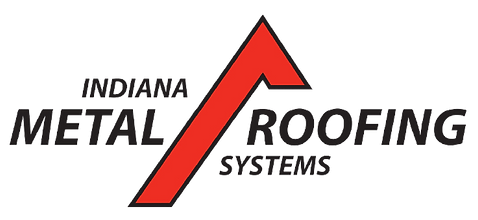Evaluating the Benefits and Drawbacks of Metal Roofs
- Joseph Justice
- May 28
- 3 min read
When considering roofing materials for long-term performance, aesthetics, and durability, metal roofs often rise to the top of the list. They offer a unique blend of modern appeal and time-tested reliability. But as with any roofing solution, they also come with a few limitations worth examining. In this guide, we’ll evaluate both the advantages and disadvantages of metal roofs to help homeowners make an informed decision.

A Strong Case for Durability and Longevity
One of the most compelling benefits of metal roofing is its exceptional lifespan. A well-installed metal roof can last anywhere from 40 to 70 years, depending on the material and maintenance practices. This far surpasses traditional asphalt shingles, which typically need replacement every 20 to 30 years.
Metal roofs resist cracking, shrinking, and erosion — common issues found in other materials — making them an excellent option for areas that experience extreme weather conditions. Hail, high winds, and heavy snow are less likely to compromise a properly installed metal system. This resilience provides long-term value that justifies the higher upfront cost for many property owners.
Energy Efficiency and Environmental Impact
Metal roofing is an energy-efficient choice that can significantly reduce a home's cooling costs. Many metal panels are coated with reflective finishes that deflect solar radiant heat, helping to maintain lower indoor temperatures during summer months. This can cut energy consumption by up to 25%, offering notable savings over time.
From an environmental perspective, metal roofing is a sustainable option. It often contains a significant percentage of recycled materials and is itself 100% recyclable at the end of its life. Unlike asphalt shingles, which frequently end up in landfills, metal roofing supports eco-conscious building practices.
Style and Versatility
Modern manufacturing techniques have transformed metal roofs into one of the most versatile roofing solutions available. They now come in a variety of colors, textures, and profiles — including standing seam, corrugated, and metal shingles — that can mimic the appearance of more traditional roofing materials such as slate, clay tile, or wood shake.
This variety gives homeowners the flexibility to match their roof with the architectural style of their home, whether contemporary, rustic, or colonial. In areas like Fort Wayne, IN, where both modern and traditional homes are common, this versatility is a major plus.
Understanding the Potential Drawbacks
Despite their many advantages, metal roofs aren’t without their downsides. The most significant is cost. A metal roof typically requires a higher initial investment compared to asphalt or composite shingles. However, when you factor in the roof's longevity and minimal maintenance needs, the lifetime cost often proves to be lower.
Another common concern is noise. Without proper insulation, rain or hail can create a noticeable sound when hitting the surface. Fortunately, installing solid sheathing or adding insulation layers can dramatically reduce this noise, making the issue manageable for most homeowners.
Additionally, improper installation can lead to problems such as leaks or premature wear. That’s why it’s critical to hire an experienced contractor who understands the specific requirements of metal roofing systems.
Maintenance and Warranty Considerations
One of the often-overlooked benefits of metal roofing is the reduced maintenance it requires. Unlike shingles that may crack, curl, or lose granules, metal panels remain largely intact with minimal intervention. Occasional inspections to check for fastener integrity, sealant wear, or debris buildup are typically all that’s needed.
Warranties for metal roofing products also tend to be more comprehensive, often covering materials for up to 50 years and workmanship for at least 10 to 15 years. However, warranty coverage depends heavily on the manufacturer and installer, so homeowners should review all terms carefully before making a commitment.
The Role of Trusted Contractors
Working with a reputable roofing company ensures that the advantages of metal roofing are fully realized. A trusted name like Indiana Metal Roofing Systems brings industry expertise, top-tier installation standards, and product knowledge that ensures homeowners get the best return on their investment.
Their track record of excellence — including an A+ BBB rating and consistent 5-star Google reviews — underscores their reputation in Fort Wayne, IN, and beyond. Whether you're installing a new metal roof or replacing an older one, it's crucial to partner with professionals who deliver results.
Final Thoughts
Metal roofing presents a premium solution for those seeking longevity, durability, and energy efficiency. Though the upfront costs are higher, the long-term benefits often outweigh the initial expense. By weighing the pros and cons carefully, homeowners can determine whether a metal roof aligns with their needs, budget, and design preferences.
Read also our blog: Introducing Metal Roofing to Homeowners Associations


Comments